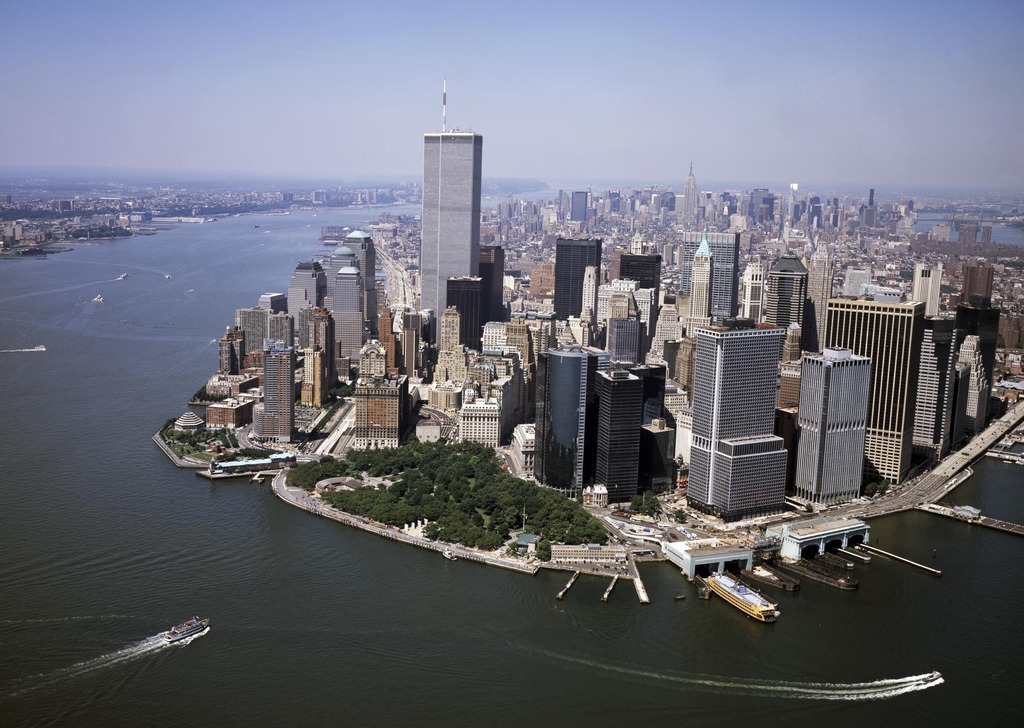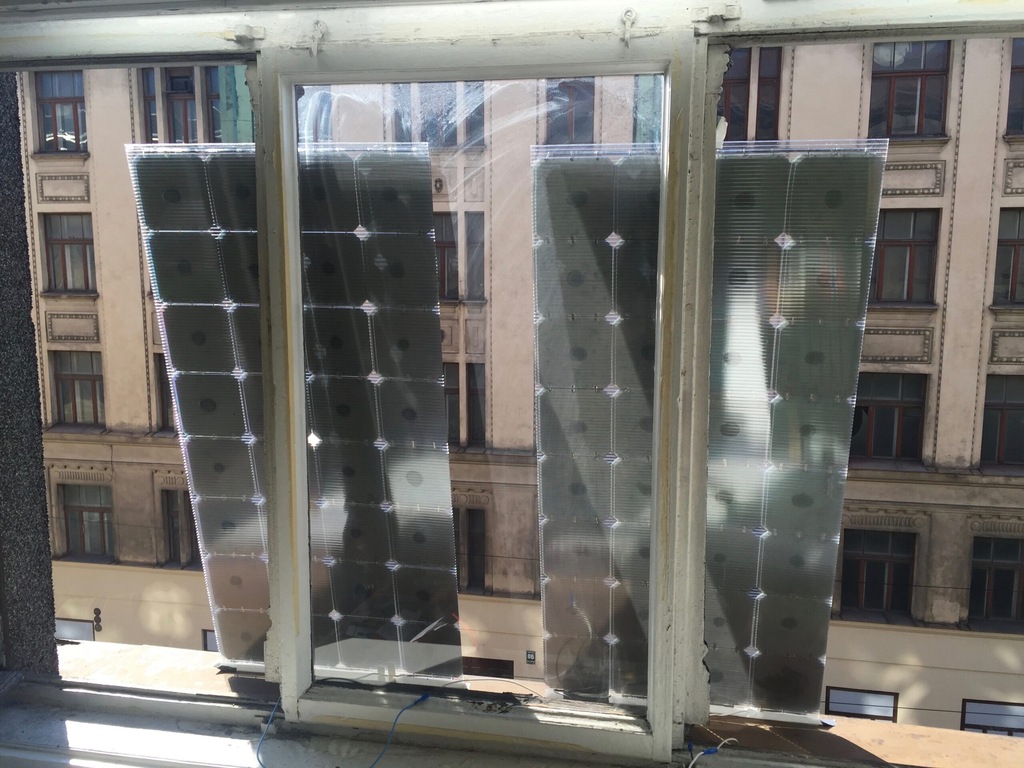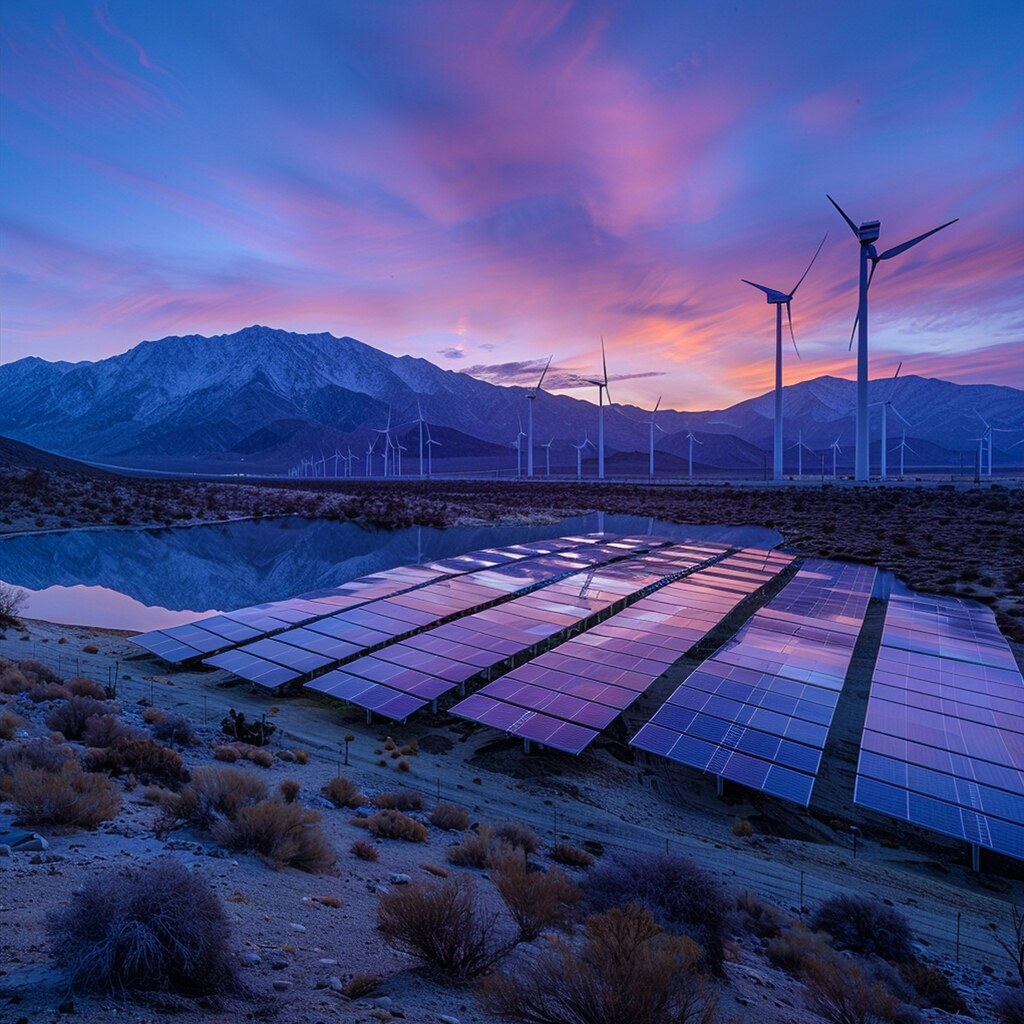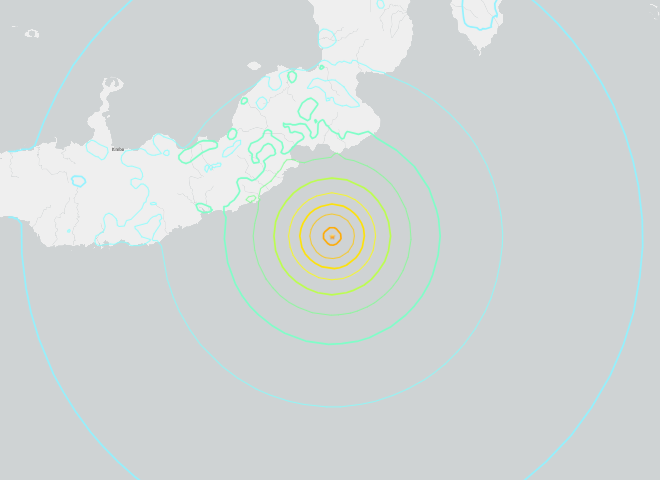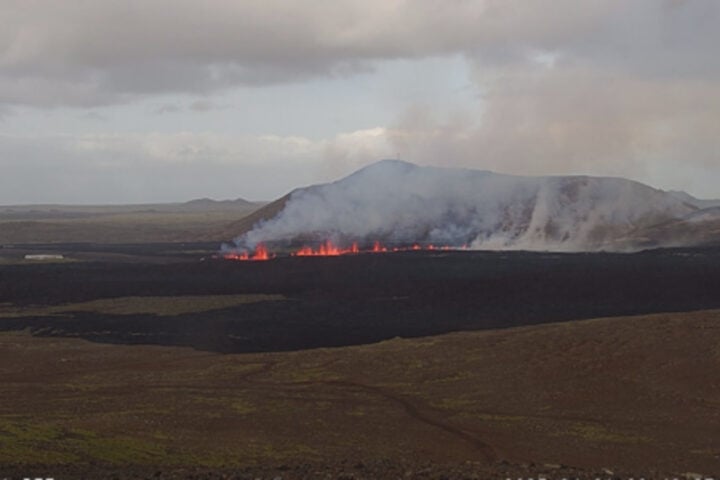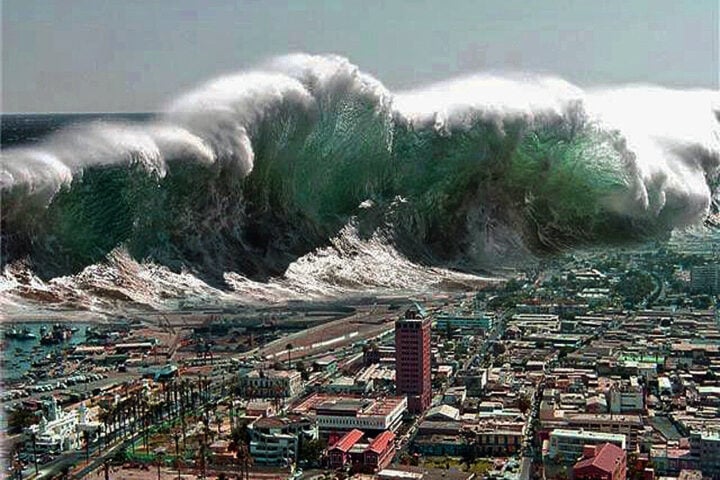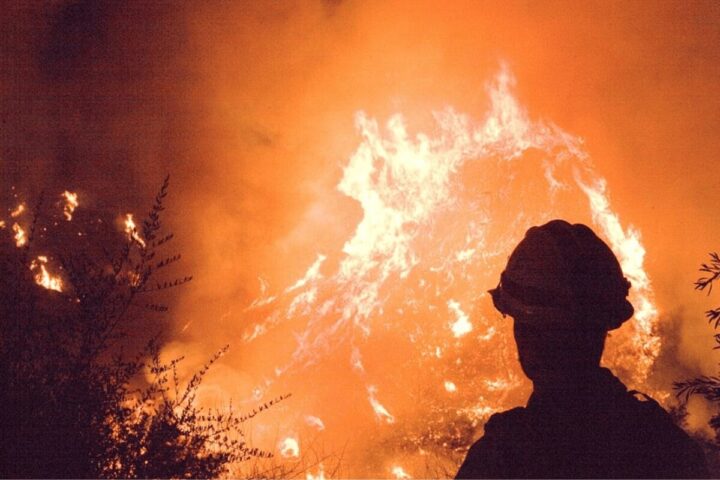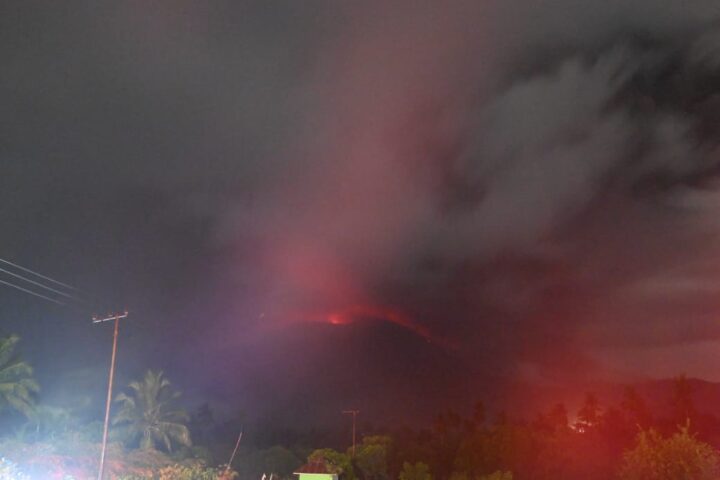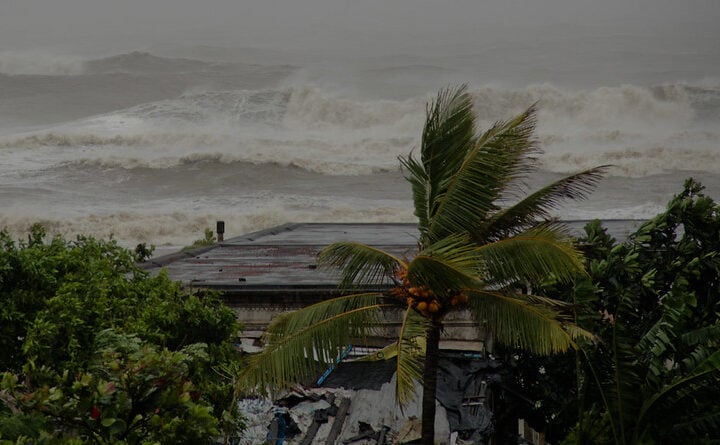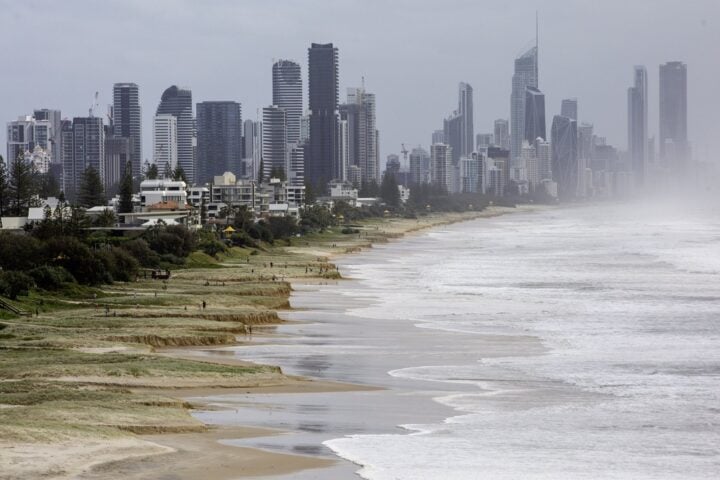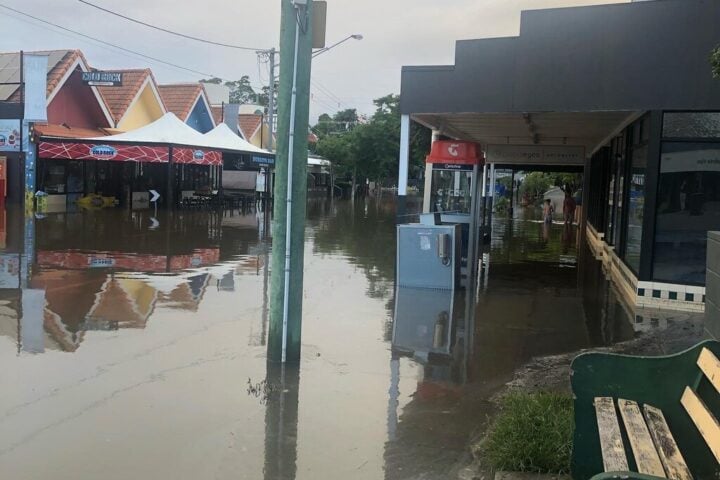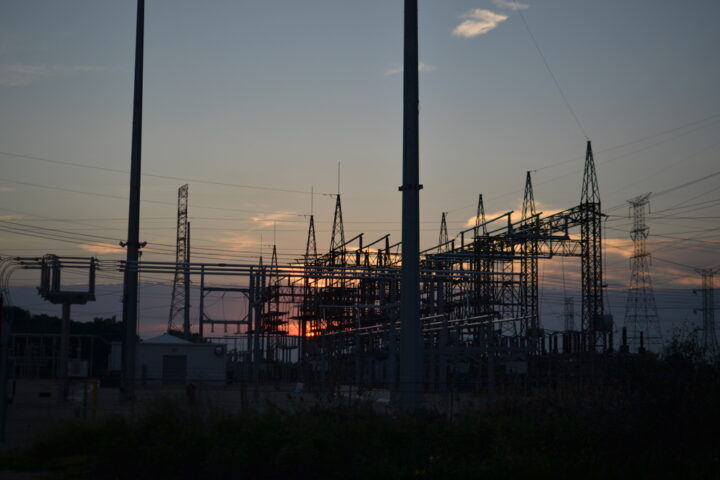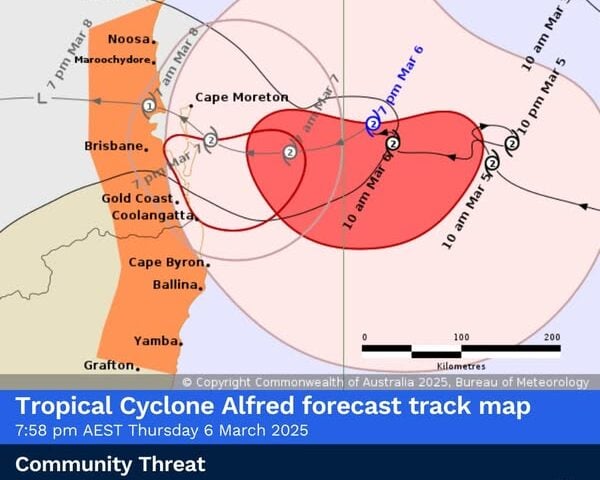Battery Park, the iconic coastal park at the southwestern tip of Manhattan Island with views of the Statue of Liberty, will be raised by 5 feet as part of New York City’s ongoing resilience efforts against the sea. “No one has forgotten the devastation of Hurricane Sandy 12 years ago. Every day, we are race against the next superstorm,” said Mayor Eric Adams at the park yesterday. “We have to build a safer, stronger, and more sustainable city.”
The new project aims to rebuild and elevate Battery Park’s pier promenade to protect it against storm surges and rising sea levels caused by climate change. City officials estimate that, when completed in 2026, the improvement will help protect 100,000 residents and 12,000 businesses.
It is one of several public works projects underway in Lower Manhattan to guard against the type of flooding the city experienced from Hurricane Sandy in the fall of 2012. As part of that broader effort, which is projected to cost a total of $1.7 billion, the city completed work on a 45-ton storm gate in the Lower East Side in 2022 and continues to build walls along the East River. These walls are also expected to be completed in 2026, according to the city’s Department of Environmental Protection (DEP) Commissioner, Rohit Aggarwala.
Aggarwala highlighted yesterday that, in addition to improving resilience in the southern tip of Manhattan, the Battery project will obtain much of its building materials delivered by boat, which will limit the need for trucks to make deliveries and thus reduce greenhouse gas emissions linked to the work. ” A lot of the material here is reused on-site. We have special equipment that protects against noise and air pollution,” he said. “And a lot of the material was being brought here by water rather than by truck, reducing the overall impact of this construction project on the city and the environment.”
Heavy rains, like those from the deadly Hurricane Ida in 2021, often overwhelm the city’s drainage systems, flooding basements and subway stations. In addition to risks at beaches and homes, New York has experienced catastrophic scenes of waterfalls and rivers at several subway stations, which tend to flood almost every summer. This was repeated last year with the storm that closed a historically rainy September.
In October, a NASA study warned that New York City is sinking and some areas, like Queens and Governors Island, are subsiding more rapidly while others have risen. The causes of these phenomena are not clear.
Similar Post
In May 2023, another geological investigation also warned that NYC was “sinking” due to the weight of its skyscrapers. Previously, in March 2023, a report warned that New York faces a greater risk of catastrophic hurricane damage over the next 30 years than any other city in the country.
New York is one of the great metropolises that will likely end up submerged or barricaded behind huge walls to defend against rising sea levels. That future is still somewhat distant, but its present already has enough problems related to climate change, such as the floods that periodically paralyze the city. The problem, which is emerging as a serious one with an economic cost of billions of dollars, needs major engineering work.
Flooding—and the massive snowfalls—is a problem that has significantly intensified over the last two decades. State meteorological scientists have noted a steady annual increase in precipitation, to which a growing number of tropical storms and hurricanes must be added. In a mere decade, the city has experienced several disasters: Nicole, Irene, and Sandy, which left the city on the ropes for weeks and whose effects can still be seen in several places. The most recent was Hurricane Ida last year, although its impact was not as severe as the direct hit from Sandy.
